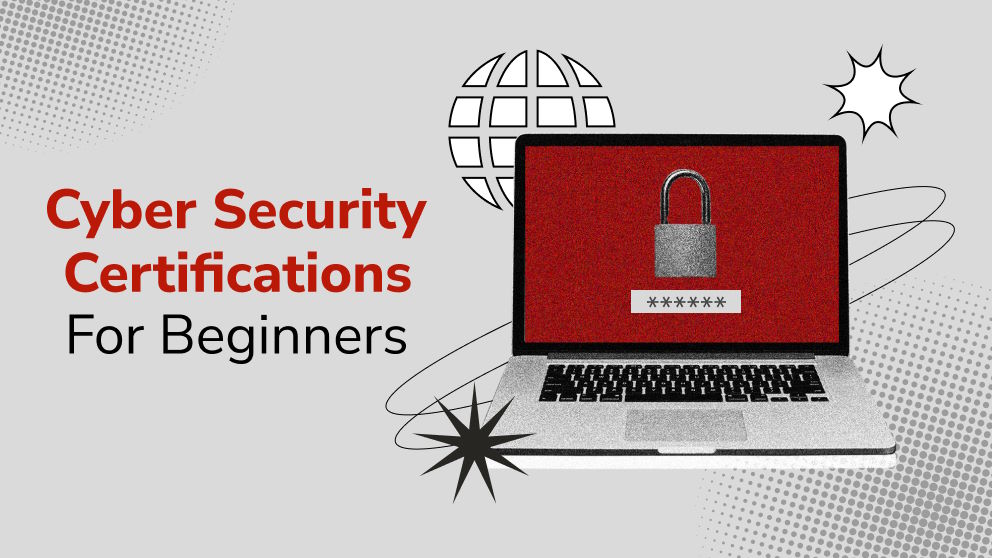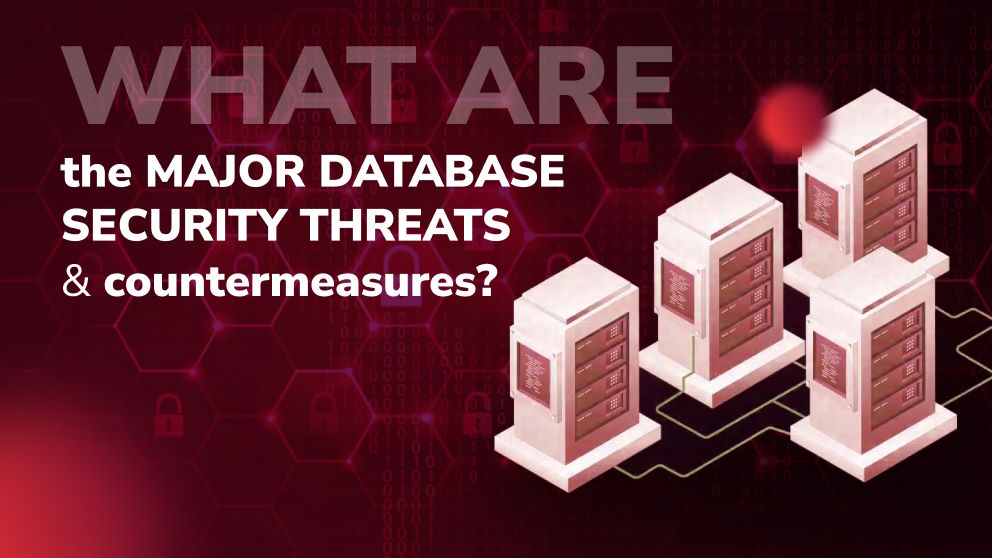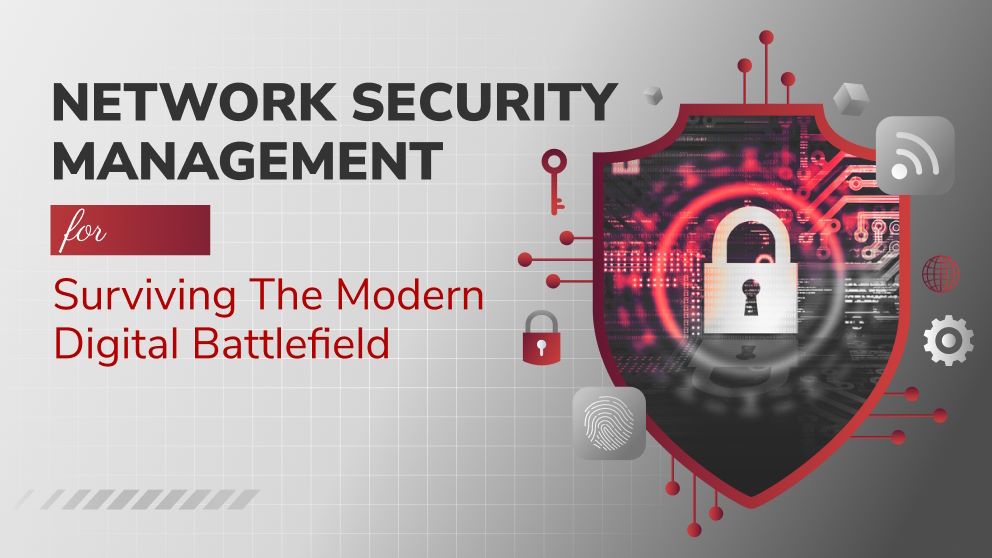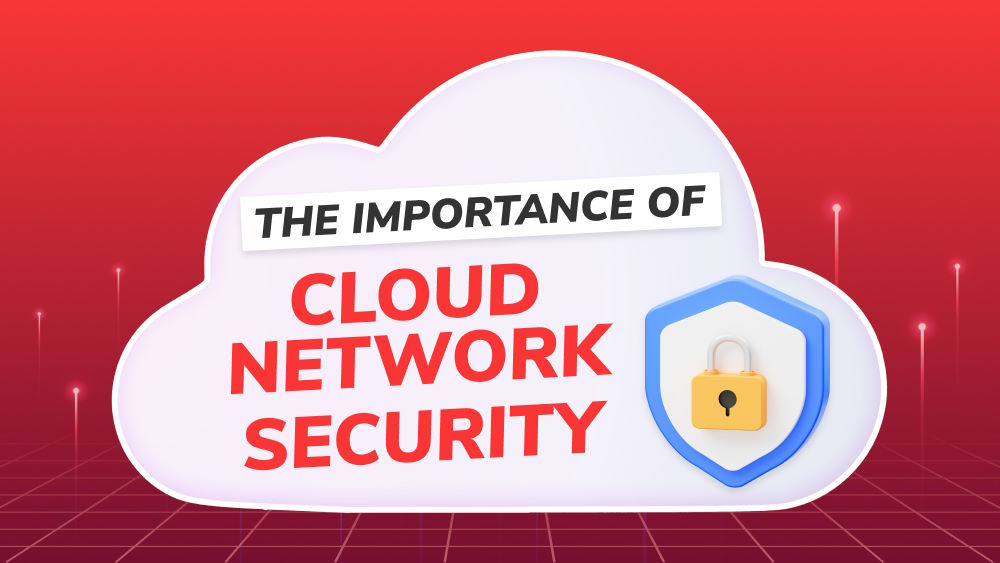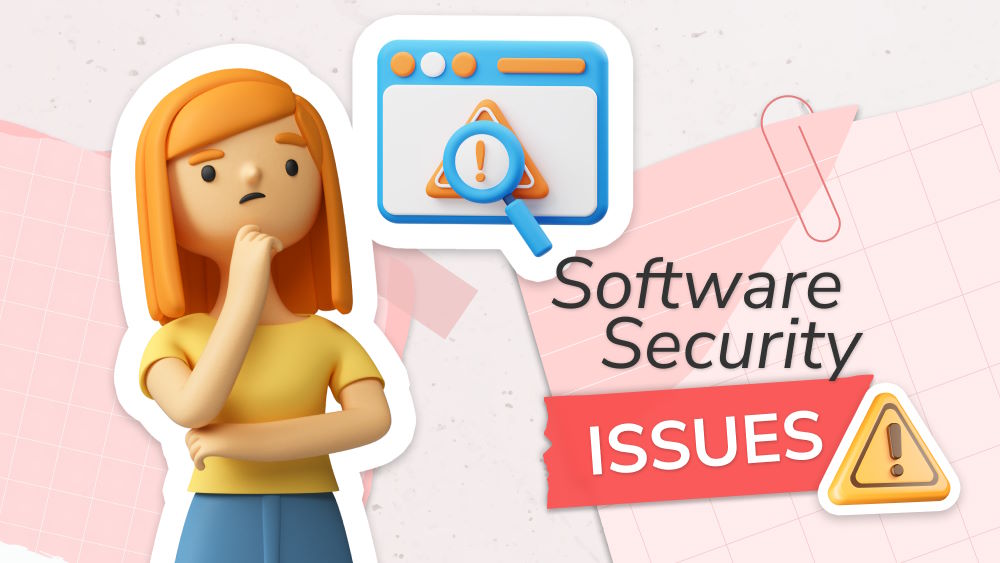Understanding Network Security Levels: A Guide for Businesses
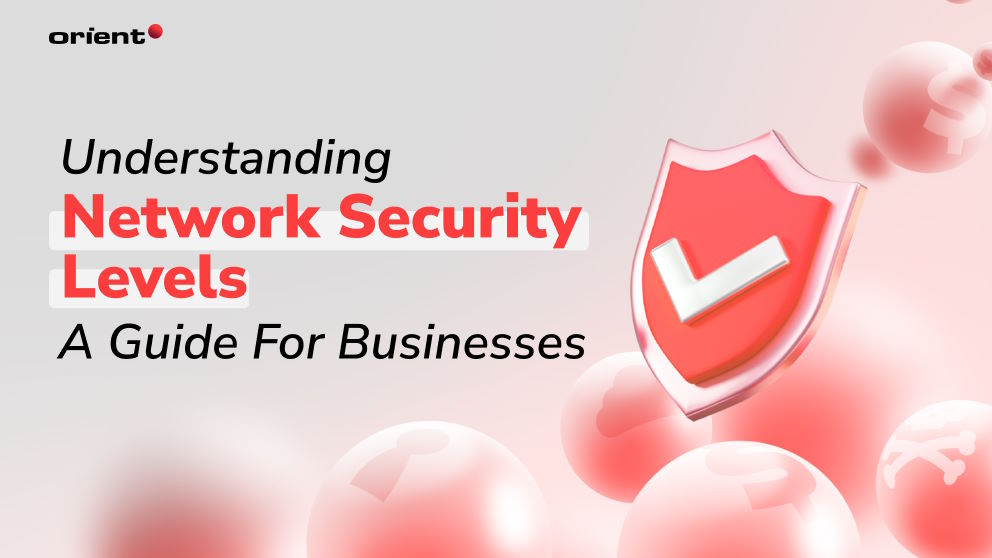
Content Map
More chaptersReports predict that in 2022, cybercrime will cost the world economy more than $8 trillion. In 2023, the number is anticipated to surpass $11 trillion. Cybercrime is expected to cause the world economy to lose over $20 trillion by 2026 - a 1.5-fold increase from 2022 projections. However, cyber threats cost businesses more than just money. The price to pay after an attack is criminal investigations, lawsuits, bad press, and so much more - which could have your business struggle for years to recover.
Being aware of the potential threats is not enough, however. It is crucial for businesses to build and maintain robust network security solutions. There are a number of layers and approaches to network security, and in the article today, we would like to discuss three network security levels.
What Is Network Security?

Before choosing or applying any kind of cybersecurity protection, it helps to start by understanding what it is, how the technology works, and why you are doing what you’re doing.
Network Security - a term that refers to the protection of a network and its data against breaches, intrusions, and other threats. It’s a broad term that encompasses hardware and software, as well as policies, processes, rules, and configurations related to network usage, availability, and threat protection.
Network security covers the following:
- Access control
- Virus and anti-virus software
- Application security
- Network analytics
- Types of Network Security (Endpoint, Web, Wireless), Firewalls
- VPN encryption and more
Types of Network Security Protections

There are a number of network security protections to provide in-depth protection across a business.
Access Control
This is a crucial aspect of security that regulates access to specific data, applications, resources, and circumstances in which they can be accessed. Access control policies safeguard digital spaces by allowing the right people in and keeping the wrong people out. For instance, administrators in your business are given full access to the network, but personal devices are denied access from confidential folders. Instead of manually managing access permissions, security-conscious organizations rely on identity and access control (IAM) solutions to implement access control policies.
Authentication and authorization are the two key techniques that access control policies rely on, enabling organizations to verify users’ identities explicitly and grant them the appropriate level of access depending on factors such as device, location, role, and more.
This type of network security stops unauthorized users from accessing confidential information like customer data. Did you know customer data is often stored in vulnerable databases, leading to identity fraud? Javelin Strategy & Research found that traditional identity fraud losses—which result from thieves utilizing victims’ information for illegitimate financial gain—exploded to $24 billion (USD) in 2021, a startling 79% rise over 2020.
Antivirus and Anti-Malware Software
Thorough protection means you are also aware of any malicious software. These security measures are a type of software that detects, removes, or prevents viruses, trojans, ransomware, and spyware from infecting computers and, as a result, the entire network. In order to properly protect data, robust antivirus and anti-malware software scans files upon entry to the network and constantly tracks and monitors them within the network.
Users should update the latest version of the software and periodically scan the device to ensure no malicious activities or programs go undetected. Users also need to be aware in order to spot phishing attempts or other forms of hacking by implementing security measures like two-factor authentication, strong passwords, and so on.
Cloud Security
Individual users and businesses alike have embraced the use of clouds over the years. Vast amounts of data are stored in the cloud, which makes them a prime target for cyber-attacks. Vulnerabilities are being disclosed at an increasing rate. Approximately 65,000 vulnerabilities were uncovered by ethical hackers in 2022 alone, up 21% from 2021, according to the HackerOne 2022 “Hacker-Powered Security Report”.
Cloud security involves a broad range of tools and practices, but the most important principle is access control - only authorized users are enabled to access data stored in the cloud. The following are the essential tools you can find when it comes to cloud security:
- Data encryption
- Data segmentation
- Threat monitoring and prevention
- Firewalls
- Identity and access management (IAM)
Firewalls
A firewall is a network security system that aims to monitor and filter outgoing and incoming network traffic with respect to an organization’s pre-defined security policies. In simplest terms, a firewall is the wall that separates your private intranet and the public Internet.
Firewalls are an essential part of any network because they act as a firewall between the network and the Internet. When programming network firewalls, you need to consider specific rules and permissions for who can access the network.
Having an updated firewall with the right policies in place adds an extra layer of buffer against cyber-attacks that look to exploit vulnerabilities in their infrastructure.
Intrusion Prevention Systems (IPS)
An intrusion prevention system (IPS) keeps an eye on network traffic for possible threats and, when one arises, automatically blocks it by sending out a warning to the security team, cutting off risky connections, deleting harmful information, or setting off other security devices.
Compared to intrusion detection systems (IDS), IPS is more advanced since it takes action rather than just alerting the administrator. The system sits directly behind the firewall, in the middle of incoming and outgoing traffic. There are three ways to identify threats: matching activity to known threats, using anomaly-based monitoring, and setting and configuring enterprise-defined security policies. Some modern systems use AI and machine learning to monitor anomalies, while others use enterprise-defined security policies to block activity that breaks those policies. An administrator must set and configure these policies. The latter method is less common.
Email Security
According to phishing email statistics, almost 1.2 percent of all email traffic is phishing, which translates into 3.4 trillion phishing emails per day. Delloite found that 91% of all attacks start from a phishing email to an unsuspecting victim. The same report also found that 32% of successful data breaches involve phishing techniques.
All this data goes to show that emails can be extremely vulnerable if we don’t take serious security measures to protect them. Cybercriminals rely on human mistakes to gain illegal data. Just one careless click can jeopardize an entire organization’s security. In order to safeguard email accounts and correspondence against loss, compromise, and unwanted access, there need to be methods. Some of the best practices are secure email gateway, email encryption, strong passwords, multifactor authentication, and security awareness training.
Application Security
Unfortunately, no application is completely secure from hackers who are always on the lookout to use such vulnerabilities to attack and infiltrate organizations’ computer networks. Therefore, every software you are using must be protected, whether you have an IT staff build one for you if you need to buy one.
Any software you use to run your business needs to be protected. Unfortunately, every application has vulnerabilities that attackers and cybercriminals can use to infiltrate the network. Application security encompasses the software, hardware, and processes you use to shield those vulnerabilities.
A secure development lifecycle and comprehensive application security architectures, such as identity management, encryption, malware detection/prevention, monitoring, and patching processes, can help keep networks safe.
Network Security Levels

Depending on an organization’s size, financial resources, the information it is exposed to, and the type of industry it is serving (regulatory or non-regulatory), there are three main levels of cybersecurity protection. It would be best to get help from your IT department or consult a cybersecurity services provider to find the one that fits your business’s cybersecurity needs.
Level 1 – Minimal Protection
If you are a small business that has no need to handle sensitive client data like credit card information, operates in a non-regulatory sector, or has a strict financial plan, the first level of network security is for you. The main goal of level 1 protection is to protect you from the most common security threats like phishing attacks, malware, or spoofing attacks.
When it comes to minimal protection, you must implement configured firewall protection with regularly updated antivirus software. Your IT department will be able to take care of these security measures. A regular application security assessment is necessary to protect your company against malicious code and vulnerabilities. In addition, annual vulnerability assessment and penetration testing can help system administrators stay aware of security weaknesses in a company’s network.
Level 2 – Advanced Protection
Level 2 cybersecurity protects the corporate network against non-targeted attacks, such as malware sent to a variety of email addresses, phishing, spamming, and so on. In this scenario, the goal of the attackers is to obtain sensitive data from any IP address that is susceptible to known security vulnerabilities that may exist in the corporate network.
Medium-sized companies are often an easy target for cyber-attacks because they are not bound to any particular security standards and tend to overlook stronger network security solutions. In addition to the basic security measures mentioned earlier, advanced protection methods comprise email security, network segmentation, intrusion detection (IDS), and intrusion prevention systems (IPS).
At this point, it is advisable to have an information security expert on board to take care of these tasks. It is also essential for businesses to devise a security strategy that includes quarterly vulnerability assessments and annual network penetration testing to detect, mitigate, and manage cybersecurity risks. Moreover, businesses need to address the issue of staff using personal devices for work purposes or the use of cloud computing.
Level 3 – Maximal Protection
Organizations operating in regulated industries like banking or healthcare need maximal protection against targeted attacks that aim to steal sensitive data. To achieve this, midsize and large enterprises need to comply with industry regulations and standards while implementing the following cybersecurity components:
- Endpoint Security: This software is installed on devices such as laptops and smartphones to protect corporate networks from security threats. It includes management and client software to monitor user activities, providing real-time visibility of potential threats.
- Data Loss Prevention (DLP): DLP is essential for financial and healthcare enterprises to protect sensitive data. DLP software ensures protection and control over data transfer outside the corporate network, denying attempts to forward business emails and upload files to cloud storage.
- Security Information & Event Management (SIEM): SIEM collects and analyzes IT activity data to prevent hacking. The benefits include centralizing log data and meeting regulations for real-time incident response.
At this stage, organizations require a separate information security department and a managed security service provider (MSSP) to operate security solutions effectively. Signing a detailed service-level agreement (SLA) with a cybersecurity services company allows for 24/7 security state monitoring and reduced expenses. Key cybersecurity measures include developing a comprehensive security strategy, vulnerability assessments, penetration testing, constant threat monitoring, and structured incident response. Threat monitoring is crucial to detect and respond to cybersecurity threats, especially with remote hiring. An in-house or outsourced team like Orient Software is required to prevent small issues from escalating into larger ones like data breaches or system outages.
Protecting Your Data with The Right Network Security Solutions

Ensuring network security is of utmost importance for any business, regardless of its size. It is necessary to have a robust network security solution in place to safeguard your valuable data. However, there is no one-size-fits-all solution for network security, as it depends on various factors such as the company’s size, budget, and industry standards.
It is also vital to include a security awareness training program in your company’s security strategy, no matter what security approach you adopt. Always remember that a single careless click can potentially cause significant damage to your business.


